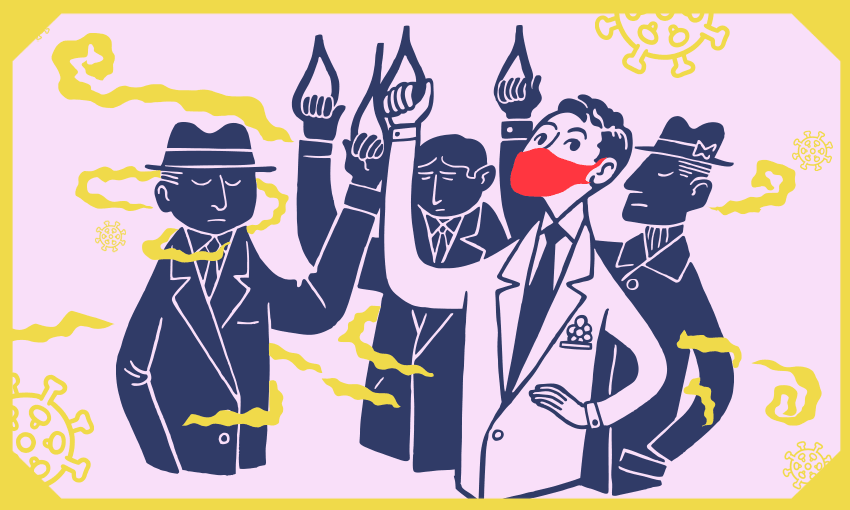Just because you don’t have to, doesn’t mean you shouldn’t, argues Charlotte Muru-Lanning.
Let me begin by stating the obvious: there is no “good” place to get Covid-19.
I caught it for the first and so far only time at a ridiculously bountiful lunch at a ridiculously busy Yum Cha restaurant in May. If there’s ever a way to go down, it’s amid piles of delicious har gow, turnip cakes and egg tarts shared with good company.
But I’d really rather not catch it again. Beyond the immediate and ongoing health risks of Covid-19, being sick is, in any case, a pain. And so I wear my mask nearly everywhere that’s both indoors and public. You’ll see me masked up at the supermarket, the dentist, the pharmacy, the mall, to pick up takeaways, in taxis, on the plane, and of course, on the bus.
Since the government called quits on the mask mandates in public places, other than healthcare settings, mask use has quickly faded to near nonexistence in public spaces. It’s not unusual for me to be the sole masked passenger on the bus – a high-risk setting for transmission, jam-packed with other people’s breath.
I’ll be honest, while I don’t necessarily understand the opposition to masking up (considering how effective a high-quality N95 or P2 mask is), I do appreciate that they’re sometimes uncomfortable, frequently a foe to makeup and always a joy-killing reminder that we’re still in a pandemic.
However, there’s no denying that fact: we are still, well and truly, in a pandemic. There were 24,068 new community cases of Covid-19 reported on Monday for the previous week. That’s the highest case total for some time, and a 3,473 increase on the previous week. On average, about 3,434 new infections were registered each day. Forty people died with Covid-19 last week, including one child under 10 years old. And last Saturday, more than 4,300 Covid-19 cases were reported, the highest daily reported total since August.
As cases go up, so too does the likelihood of a positive case being in any space you’re in. And so I have to ask: why in the world would you want to catch Covid-19 at a location as mundane as the bus?
At a Ministry of Health press briefing last week, the ministry’s chief science advisor Dr Ian Town suggested that with rising case numbers, “now is also a good time to reconsider mask use in certain settings beyond the mandated requirements.” More than once, Town and the director-general and lead of the Public Health Agency, Dr Andrew Old, used the example of public transport. “There’s good evidence that masks reduce transmission,” he said. “They protect you from catching Covid-19, but they also protect those around you if you have Covid-19 and might not know it.”
Even better is that wearing masks in those inconsequential moments reduces circulation of the virus altogether, and means we’re all less likely to be infected in those riskier mask-less moments. It’s a beautiful circuit-breaking cycle.
At times I find myself reflecting upon how unfortunate it is that we’re even in the position where responsibility to manage a public health crisis relies solely on individual choices around protective measures like whether or not to wear a mask. For the most part, that’s where we are, but we can still think collectively and make decisions grounded in caring for everyone in our communities.
With the Covid-19 elimination strategy out the window, it’s likely we’ll be managing the spread of the virus into the foreseeable future. That also means it becomes near impossible to avoid catching it. As we navigate that landscape, it’s vital we balance doing all the things that bring colour and joy into our lives, with sensible attempts to protect ourselves and those around us.
In my case, if I’m going to risk catching Covid-19, it will be somewhere worthwhile: at a much-anticipated concert, eating an elaborate dinner out or dancing the night away with friends – not somewhere as humdrum as a bus commute to work. That is to say, I’d at least like to get a good story out of it.


